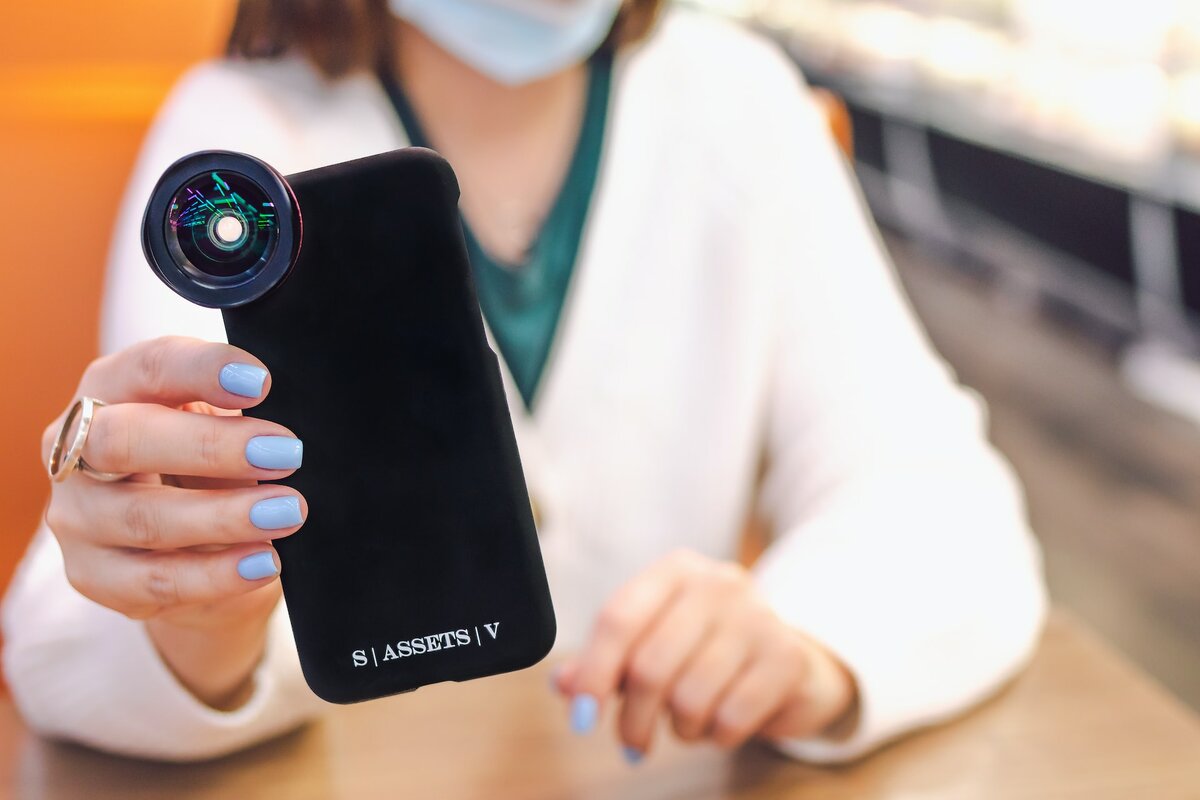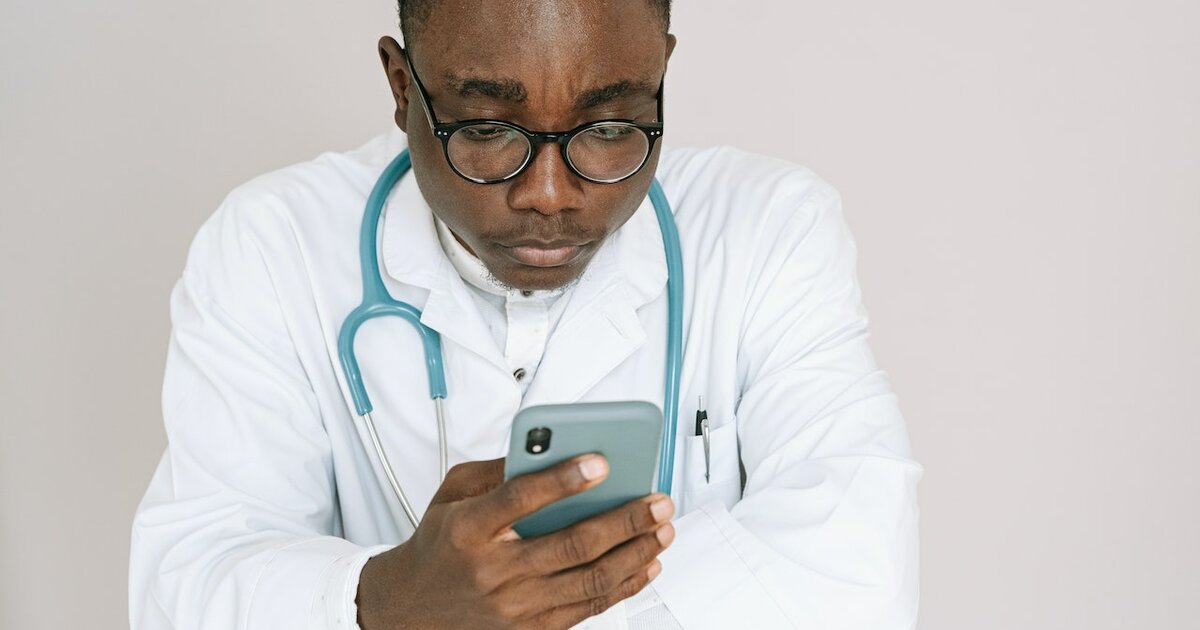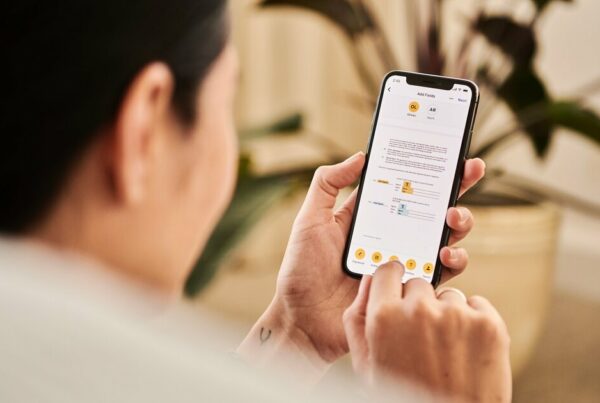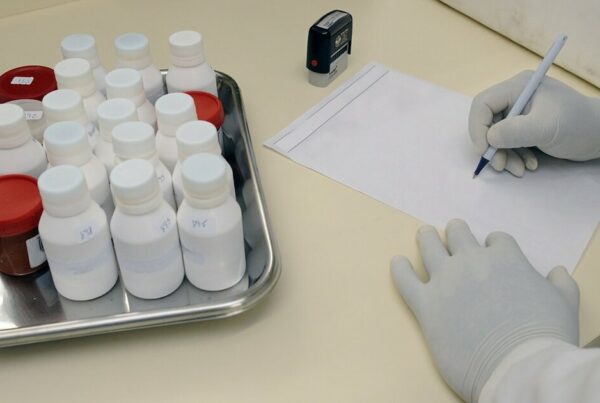As populations everywhere gain familiarity in their engagement with mobile technologies, more opportunities arise for modern solutions to lasting challenges in clinical trials. From eConsent to entirely remote trials, we’re going to discuss the current applications for mobile technologies and their corresponding challenges in clinical trials.
The Rise of Mobile Technologies in Clinical Trials
In only the last few years, digital technologies in the health sector have expanded rapidly. With the vast majority of the world’s population hooked up to mobile devices, these technologies are well on their way to the deepest levels of integration with many aspects of clinical trials.
As it is, there are growing numbers of trials that can now be handled entirely remotely, without a single in-person interaction, and those that can’t are still benefitting from the wealth of advantages that mobile technology brings.
Still, the frontier of mobile technologies in clinical trials is one that faces many challenges. Technology can advance much faster than its corresponding legislature can keep up with and this makes foresight and rapid reaction times necessary to capitalize on it without causing harm.
The passive nature of many mobile technologies and their ability to collect and transmit vast amounts of research-relevant data hold significant promise in the field of clinical trials, particularly when it comes to monitoring.
These technologies come in many forms, and can be worn, implanted, ingested, or even function without any physical contact with the participant. They’re able to collect high-quality data, in many cases, in amounts that exceed the current capacity for processing, and this alone has great implications in the advancement of processing methods using machine learning and AI, to name a few.
Mobile technologies can now monitor participants across almost any time span and from any location, and this is providing the opportunity for an unprecedented level of data collection and a more complete picture of human health and experience than ever before.
All of this comes with the promise of significantly reduced cost when it’s applied sensibly. However, as mentioned, the risks can be significant, and the future of clinical trials mobile technology depends on the understanding and mitigating of this.

The Advantages and Challenges of Using Mobile Technologies in Clinical Trials
The potential for improvements in trials that come from implementing mobile technology is almost limitless. Here are several advantages that are commonly reported by those involved:
- Mobile tech has the potential to provide far more data at a higher quality, frequency, and relevance than before
- More objective data
- Less costly to conduct
- Lower patient burden from passive monitoring
- Faster and more accessible data to stakeholders, particularly in ways that encourage sponsors to return to sites with more studies
- Significantly reduced geographical constraints
- Real-time access to interventions as and when they’re needed
- Enhanced monitoring of compliance with procedures and protocols
- Better notifications and reminders, and improvements to the organization of the trial
- Faster and better-informed decision making, and the ability to make decisions remotely
The challenges come from many angles, too. As with transitions to any new system, learning curves, risk aversion, and other products of unfamiliarity get in the way, as do some of the inherent limitations of the technology itself. Commonly-reported hindrances with mobile tech include:
- Difficulties maintaining privacy and confidentiality of patient records
- Inadvertently exposing data to the wrong audiences
- Outdated regulatory guidance
- Maintaining engagement levels with patients
- Unprepared infrastructure
- Resources required (time, HR, and money) to transition effectively
- Uncertainty among participants
- The complexity of integrations
- Updating study procedures
- Maintenance requirements
- Extra time required to process increased data loads
From these reports, it’s clear that most of the issues arise from the novelty of the technologies involved and the learning curve that comes with that, suggesting that these will naturally dissipate as the technology become more familiar and better integrated among the stakeholders and into the design of the trials themselves.

Examples of Mobile Technologies in Clinical Trials Applications
eConsent – Informed consent is one of the most significant elements of recruitment for trials, and one of the trickiest to navigate efficiently. eConsent technologies allow for patients to be segmented to a much higher resolution and the relevant information to reach them in their preferred format.
Not only this, but signing and returning consent forms is substantially more efficient when done electronically, and for complex trials, or where consent needs to be continually gathered along the process of the research, mobile technologies provide a more accurate and reliable way to accomplish this without the need for lengthy paperwork procedures.
Intervention
There are several case studies that show how effective mobile technology can be when it comes to delivering and then monitoring adherence to medical interventions. Mental health and addiction studies in particular can benefit from this.
One study was able to determine the effectiveness of an app for the cessation of smoking by combining web-based management software and a mobile carbon monoxide checker, improving long-term abstinence rates among smokers.
Mobile technologies have also been recommended as a valuable aid in the provision of cognitive behavioral therapies. These applications make use of the technology’s ability to log adherence and other monitoring factors in a much simpler and often automated way.
Text messages and mobile apps are particularly useful in these contexts, both as a way to remind patients to take their medication and to record the event. But they have other applications in clinical trials too.
Communication
Mobile technology’s oldest and most commonly-used advantage comes with its ability to share information between stakeholders. Using apps and platforms to keep all relevant parties informed and involved is one of the simplest ways in which recent advancements can speed things up at a reduced cost.
Communications tech that’s mobile in clinical trials usually comes in the forms of single-platform solutions can provide a forum for all key members to communicate freely and securely with one another. Combined with the accessibility of real-time data that mobile technologies provide, this means everyone can be on the same page at the same time. Again, these communications platforms commonly take the form of a texting program or mobile app.
Communication between patients and investigators, vendors and CROs, sponsors and investigators, or any other combination is now faster and more secure than ever. This is particularly useful in complex trials or other research that changes over time but uses a familiar technology to most that can be implemented relatively simply and at a low cost.
Data Collection – Capturing, storing, managing, and transmitting large quantities of data is faster and less costly using mobile technologies, for many of the reasons listed above. While this is one benefit that’s slowly catching on, there’s still a significant gap in its uses for this purpose among many investigators.
This will be addressed in more detail in the coming sections. Now, here are some of the statistics on the reported uses of clinical trials mobile apps and devices, drawn from a review of 12 investigators:
- Of the devices available, the most commonly used were mobile apps, with 58% of researchers involved in these.
- Sleep monitors, glucose monitors, and ePRO devices were all commonly used, by 25% of those reviewed.
- Electronic pill bottles and ingestible sensors were used in 17% of cases
Other, lesser-used devices, were blood pressure monitors, implantable defibrillators, wearable patches, and wireless weighing scales.
These mobile technologies were used for monitoring a number of reported conditions, including, in order of most to least common:
- Blood sugar
- Medication compliance
- Blood pressure
- Heart rhythm
- Activity level
- Sleep Quality
- Visual acuity
- Weight
So, it’s clear that there is a wide variety of applications, particularly when it comes to monitoring, that are commonly suited to mobile technology, however, the returning problem of the challenges must be addressed before a fair assessment can be made.
Overcoming the Challenges of Clinical Trials Mobile Technology
The most common concerns reported related to the burden on the site of mobile trial technologies. However, solutions are being proposed.
The most popular suggestion is for deeper collaborative relationships to be created and maintained between sponsors and investigators or sites. Sponsors should solicit site and investigator input when it comes to choosing vendors and technologies, and some suggested that sponsors share detailed information on which devices will be used and for what purpose before making a commitment to implement them.
Better communication between stakeholders helps to identify other challenges and potential limitations of proposed technologies in their application to the target study.
By way of a solution to the increased human resources, suggestions were made that sponsors need to compensate staff for the added training and troubleshooting time needed to get familiar with the new devices. Further, to reduce the chance and severity of data losses, a surplus of the chosen devices should be provided.
Investigators also emphasized the importance of being thoroughly familiar with the technologies provided, and the need for this to be recognized by those who have to budget for it.
When addressing budgeting concerns, investigators requested clear and comprehensive budgets that cover all of the necessary costs relating to the purchase and storage of devices, as well as the additional staff time spent on them.
The importance of the presence of flexibility in sponsors was mentioned as one of the key characteristics needed to accommodate unforeseen costs in these types of trials. With more unknowns on the table than with traditional trials, it’s suggested that factoring them into the budget will require a larger percentage added.
The training was another major concern for investigators and time constraints play a role in this. Again, the suggestions were related to allocating more resources to accommodate the necessary education and practice on the devices.
Hands-on time with the devices was preferred by many investigators, in in-person training sessions, and the use of device-specific materials that could be accessed for reference throughout the study. Web-based training suggestions included the option for self-paced and optional learning, rather than structured and mandatory, and it was suggested that training needs to include what to do in the event of a malfunction, as well as strategies to address study monitoring of real-time data.
All of these suggestions serve to create an adapted culture of acceptance, familiarity, and competence in the use of new mobile technologies and are considered worthy investments due to the potential for saving substantial costs with well-executed mobile tech in clinical trials.
Institutional Review Boards (IRBs) were brought up as a stakeholder in the sharing of information regarding data security, how to share data safely, and FDA-related documentation such as proof of investigational device exemption.
With a focus on data security, as one of the major security risks of mobile technology trials, investigators need to understand the multiple channels of data flow and how they can be compromised. The difference between device vulnerabilities and connection vulnerabilities needs to be a topic of widespread understanding among those using mobile technologies, and protocols for proper data tagging need to be in place.
To ensure better data security, it’s important to bring in expert guidance in the discipline to inform and educate those who will be working with the new technologies.
Best Practices When Using Mobile in Clinical Trials
Regardless of the proposed technologies, it’s useful to set expectations when hoping to implement new technologies. It’s easy to take a wrong turn in an unfamiliar environment, and knowing how to prepare for the change is something that can save a lot of expenses and missed deadlines.
When it comes to implementing mobile technologies in clinical trials, there are some best practices worth following:
Consider the research – The right technology should be chosen based on its suitability for the specific research questions, interventions, and endpoints of your target trial. Design features need to be taken into account when choosing vendors. Beware of flashy solutions that have limitations relevant to the task at hand.
Get the right people – The dangers of unfamiliarity can be significantly reduced with more diverse minds approaching the issue. Trial teams need to include expertise from technical, clinical, and regulatory fields, among others. Combining the right minds during study design and implementation can help a lot in ensuring the effective application of the technologies involved.
Consider the available infrastructure – Hardware, software, physical equipment, space, and other necessary requirements to ensure data security and patient safety need to be assessed to determine if they are all robust enough to take on the task. This is something that may take a lot of time to workshop, but it’s important for reducing friction down the line.
Consider patient preferences – All the efficiencies of medical tech can be quickly nullified if they cause disengagement in your patients. Consider also whether your participant pool has the necessary access to reliable internet for your methods. Be sure that what you’re offering will be well-received, or the technology may become redundant very quickly.
Confidentiality – It’s important to prioritize privacy and confidentiality when choosing a digital tool, and to prepare protocols and plans in accordance with the possibility of security issues that may arise. Updates, hacking attempts, and data loss, as well as other common vulnerabilities, need to be assessed clearly before implementation.
Consider a mixed approach – It might not be easy to find an all-in-one solution for a fully digitized trial. Instead, it can be simpler and more effective to look into how modern technology can facilitate traditional approaches and make them safer, faster, and less costly.
Review the requirements – Get IRB involved from the start to save time when it comes to understanding where the guidelines are and how to make the best use of them. Similarly, consult the drug or device approval regulations with all relevant agencies for clinical trials mobile technologies.
Always check feasibility – A feasibility study will hopefully identify most hidden challenges and preferences relating to the new technologies, and give opportunities to troubleshoot site infrastructure issues.
Be wary of too much data – While it can be tempting to gather as much data as possible, it’s important to the efficiency of the trial that the minimum data necessary for each endpoint is targeted. Data quantity can cause almost as much trouble as data quality will.
Conclusion
There are countless potential applications for new mobile tech in clinical trials that will ultimately save time and money while bringing in better, faster, and higher volumes of data. However, the road to widespread adoption is still littered with hazards, and it’s very possible to both jeopardize patient safety and lose money if this approach isn’t planned out well.







